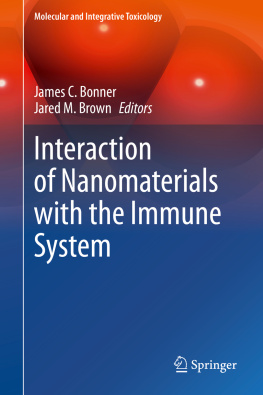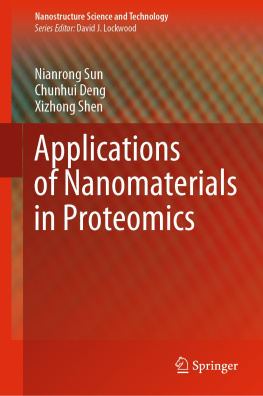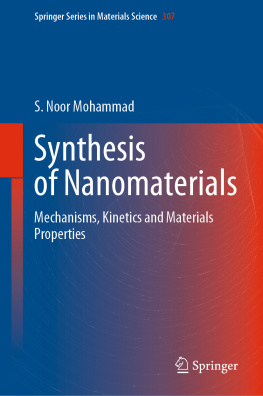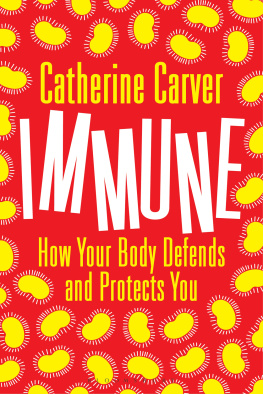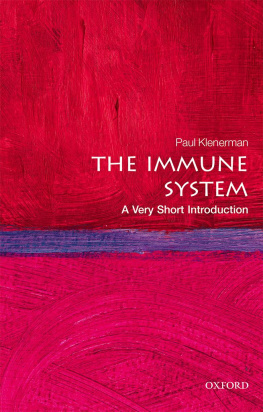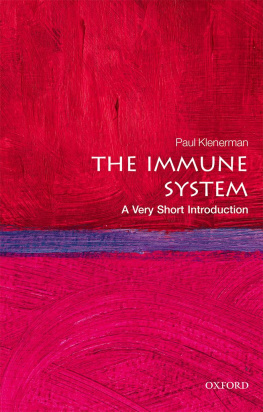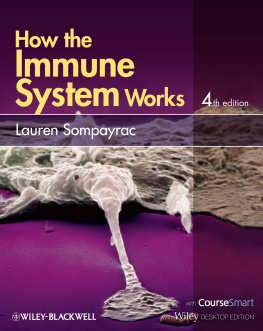James C. Bonner - Interaction of Nanomaterials with the Immune System
Here you can read online James C. Bonner - Interaction of Nanomaterials with the Immune System full text of the book (entire story) in english for free. Download pdf and epub, get meaning, cover and reviews about this ebook. year: 2020, publisher: Springer International Publishing, genre: Romance novel. Description of the work, (preface) as well as reviews are available. Best literature library LitArk.com created for fans of good reading and offers a wide selection of genres:
Romance novel
Science fiction
Adventure
Detective
Science
History
Home and family
Prose
Art
Politics
Computer
Non-fiction
Religion
Business
Children
Humor
Choose a favorite category and find really read worthwhile books. Enjoy immersion in the world of imagination, feel the emotions of the characters or learn something new for yourself, make an fascinating discovery.
- Book:Interaction of Nanomaterials with the Immune System
- Author:
- Publisher:Springer International Publishing
- Genre:
- Year:2020
- Rating:3 / 5
- Favourites:Add to favourites
- Your mark:
- 60
- 1
- 2
- 3
- 4
- 5
Interaction of Nanomaterials with the Immune System: summary, description and annotation
We offer to read an annotation, description, summary or preface (depends on what the author of the book "Interaction of Nanomaterials with the Immune System" wrote himself). If you haven't found the necessary information about the book — write in the comments, we will try to find it.
Interaction of Nanomaterials with the Immune System — read online for free the complete book (whole text) full work
Below is the text of the book, divided by pages. System saving the place of the last page read, allows you to conveniently read the book "Interaction of Nanomaterials with the Immune System" online for free, without having to search again every time where you left off. Put a bookmark, and you can go to the page where you finished reading at any time.
Font size:
Interval:
Bookmark:
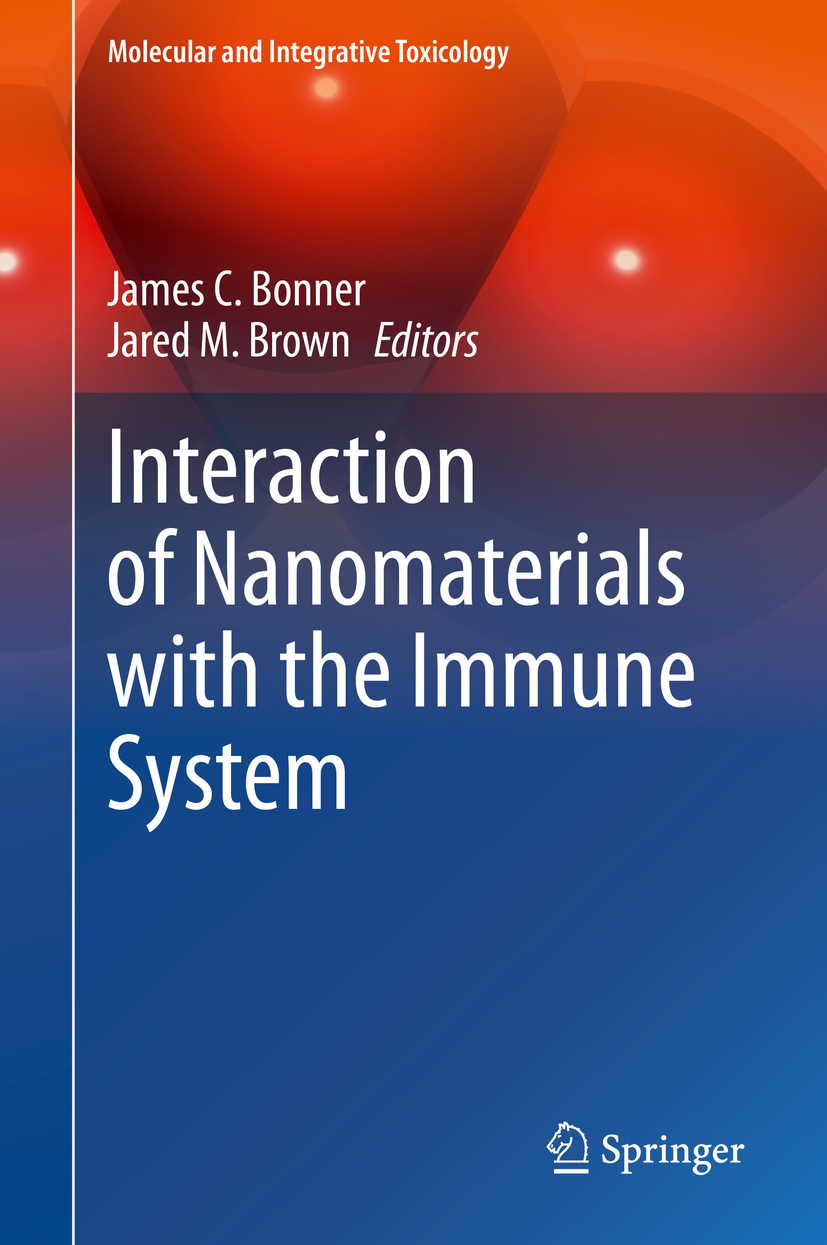
Molecular and Integrative Toxicologypresents state-of-the-art toxicology in a useful context. Volumes emphasize the presentation of cellular and molecular information aimed toward the protection of human or animal health or the sustainability of environmental systems.
More information about this series at http://www.springer.com/series/8792

This Springer imprint is published by the registered company Springer Nature Switzerland AG
The registered company address is: Gewerbestrasse 11, 6330 Cham, Switzerland
Nanotechnology is manipulation of matter at the atomic scale for a plethora of applications, some of which hold solutions for our most pressing challenges, such as energy and medicine.
Despite the enormous potential benefits, there is also the potential danger that the advancement of the nanotechnology industry will bring with it adverse human health effects. One recognized effect is the impact of engineered nanomaterials (ENMs) on the immune system as these materials are foreign to the human body. The focus of this book is to present an overview of the principles and basic mechanisms of immunotoxicity caused by ENMs. Human exposure to ENMs occurs occupationally at workplaces, as a result of specific biomedical or consumer applications, or after environmental contamination resulting from nanomaterials released into the air, water, and soil.
The impact of ENMs on the human immune system has yet to be determined. This is due to the relatively recent emergence of the nanotechnology industry over the past few decades. However, the evidence from global studies using rodents or cultured human cells, some of which is presented in this book, predicts that ENMs will cause some degree of immune-related diseases in humans, including but perhaps not limited to allergies, asthma, hypersensitivity reactions, autoimmune disease, fibrosis, and cancer. For this reason, we feel that this book is timely and deals with key issues for understanding ENM interaction with the immune system that will help us proactively prevent future immune-related diseases.
ENMs, like other specific types of chemicals, influence the immune system upon inhalation, ingestion, injection, and dermal exposure. However, unlike many chemicals, ENMs deserve some special attention due to their unique interactions with biological systems. For example, the termnano-bio interfacewas coined to encompass the interaction of ENMs with biomolecules, cell membranes, or intracellular components (e.g., actin, DNA). These interactions at the subcellular scale make ENMs unique, for better or worse, and emphasize the concept that size does indeed matter. It is not our intent to present information on nanomedicine applications, although some overlap with this topic is inevitable due to immunotoxic side effects of some nanotherapeutics.
Some valuable documents worth mentioning are already available on immunotoxicity caused by chemical exposure and on methods for assessing immunotoxicity. For example, the topic of immunotoxicity and chronic disease caused by chemical exposure is a topic that has been addressed in a previous volume ofMolecular and Integrative Toxicology(Dietert and Luebke 2012). Additionally, previous Environmental Health Criteria (EHC) documents published by the World Health Organization (WHO) have addressed chemical exposure and immunotoxicity. EHC monograph 212 of the International Programme on Chemical Safety (IPCS) focused on mechanisms, clinical aspects, epidemiology, hazard identification, and risk assessment of allergy and hypersensitivity following exposure to certain chemicals (IPCS 1999), while EHC monograph 236 focused on the induction of autoimmunity associated with chemical exposure (IPCS 2006). Finally, a forthcoming EHC monograph in 2020 entitled Principles and Methods to Assess the Risk of Immunotoxicity Associated with Exposure to Nanomaterials will present detailed information on testing methods (ICPS in press). Therefore, it is not our intent herein to provide a duplicative effort on immunotoxicity principles and testing methods but instead to illustrate mechanistic concepts of nanoimmunotoxicology from a diverse group of experts.
Finally, we are grateful to our scientific colleagues and friends who contributed to this book. The project was inspired by a shared interest and enthusiasm with our contributing colleagues that stemmed from formal scientific sessions, as well as informal conversations, at conferences in Europe and the USA. The chapters are authored by experts in the field of nanotechnology, toxicology, and immunology from six countries (Finland, the Netherlands, Sweden, Switzerland, the UK, and the USA). It is our hope that this book will provide some thought and guidance to the next generation of immunotoxicologists who will continue to address important issues related to nanotoxicology, human health, and the environment.
Dietert RR, Luebke RW, editors. Immunotoxicity, immune dysfunction, and chronic disease. Molecular and integrative toxicology series. Totowa: Humana Press. 2012; 440 pp.
International Programme on Chemical Safety. Principles and methods for assessing allergic hypersensitization associated with exposure to chemicals. Environmental Health Criteria monograph 212. Geneva: World Health Organization; 1999.
Font size:
Interval:
Bookmark:
Similar books «Interaction of Nanomaterials with the Immune System»
Look at similar books to Interaction of Nanomaterials with the Immune System. We have selected literature similar in name and meaning in the hope of providing readers with more options to find new, interesting, not yet read works.
Discussion, reviews of the book Interaction of Nanomaterials with the Immune System and just readers' own opinions. Leave your comments, write what you think about the work, its meaning or the main characters. Specify what exactly you liked and what you didn't like, and why you think so.

